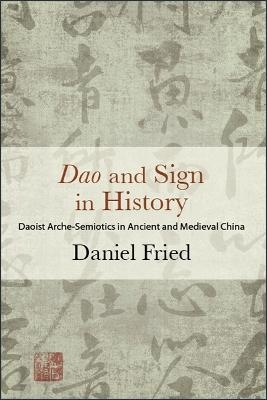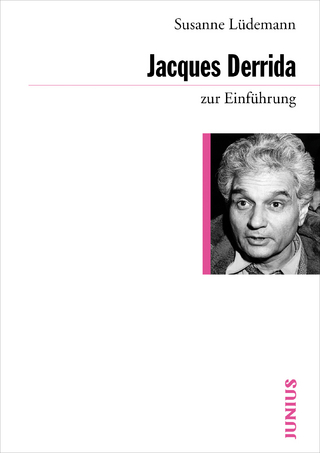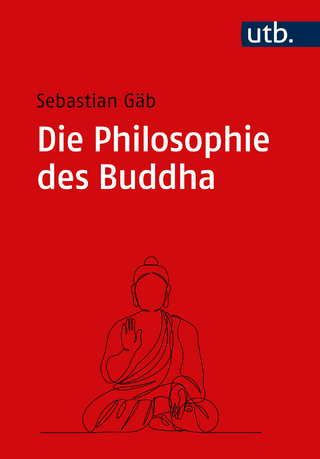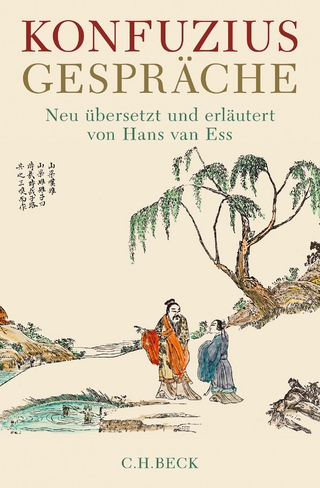
Dao and Sign in History
Daoist Arche-Semiotics in Ancient and Medieval China
Seiten
2018
State University of New York Press (Verlag)
978-1-4384-7193-8 (ISBN)
State University of New York Press (Verlag)
978-1-4384-7193-8 (ISBN)
Provides a new perspective on important linguistic issues in philosophical and religious Daoism through the comparative lens of twentieth-century European philosophies of language.
From its earliest origins in the Dao De Jing, Daoism has been known as a movement that is skeptical of the ability of language to fully express the truth. While many scholars have compared the earliest works of Daoism to language-skeptical movements in twentieth-century European philosophy and have debated to what degree early Daoism does or does not resemble these recent movements, Daniel Fried breaks new ground by examining a much broader array of Daoist materials from ancient and medieval China and showing how these works influenced ideas about language in medieval religion, literature, and politics. Through an extended comparison with a broad sample of European philosophical works, the book explores how ideas about language grow out of a given historical moment and advances a larger argument about how philosophical and religious ideas cannot be divided into "content" and "context."
From its earliest origins in the Dao De Jing, Daoism has been known as a movement that is skeptical of the ability of language to fully express the truth. While many scholars have compared the earliest works of Daoism to language-skeptical movements in twentieth-century European philosophy and have debated to what degree early Daoism does or does not resemble these recent movements, Daniel Fried breaks new ground by examining a much broader array of Daoist materials from ancient and medieval China and showing how these works influenced ideas about language in medieval religion, literature, and politics. Through an extended comparison with a broad sample of European philosophical works, the book explores how ideas about language grow out of a given historical moment and advances a larger argument about how philosophical and religious ideas cannot be divided into "content" and "context."
Daniel Fried is Associate Professor of Chinese and Comparative Literature at the University of Alberta, and is President of the Association of Chinese and Comparative Literature.
Preface
Introduction: Defining “Arche-Semiotics”
Part I: Daoist Semiotics in Comparative Perspective
1. Ways through Language
2. Ways beyond Language
Part II: Daoist Semiotics in Early Medieval Culture
3. Tracing the Obscure
4. Traces of Transcendence
5. Sign, Translation, Enlightenment
6. The Arche-Semiotic Mind and the Carving of Dragons
Abbreviations
Notes
Bibliography
Index
| Erscheinungsdatum | 09.01.2019 |
|---|---|
| Reihe/Serie | SUNY series in Chinese Philosophy and Culture |
| Zusatzinfo | Total Illustrations: 0 |
| Verlagsort | Albany, NY |
| Sprache | englisch |
| Maße | 152 x 229 mm |
| Gewicht | 227 g |
| Themenwelt | Geisteswissenschaften ► Philosophie ► Östliche Philosophie |
| Geisteswissenschaften ► Sprach- / Literaturwissenschaft ► Anglistik / Amerikanistik | |
| Geisteswissenschaften ► Sprach- / Literaturwissenschaft ► Literaturwissenschaft | |
| ISBN-10 | 1-4384-7193-9 / 1438471939 |
| ISBN-13 | 978-1-4384-7193-8 / 9781438471938 |
| Zustand | Neuware |
| Informationen gemäß Produktsicherheitsverordnung (GPSR) | |
| Haben Sie eine Frage zum Produkt? |
Mehr entdecken
aus dem Bereich
aus dem Bereich


